Overview
Map
Other Details
كاتدرائية مار ميخائيل
Trablous Ez-Zahrieh
Tripoli
North
كاتدرائية مار ميخائيل - الزاهريّة طرابلسشُيِّدت الكاتدرائيّة سنة ١٨٥٨، واكتُمل البناء سنة ١٨٨٩. كان الساعي لبنائها الخورأسقف يوسف فاضل السمعاني. انتقلت الكاتدرائيّة الى كنيسة مار مارون أواسط القرن العشرين. تتميّز الكنيسة بطرازها البازيليكيّ ونقوشها الشرقيّة.The Cathedral of St Michael - El Zahrye TripoliThe cathedral was built in 1885 and completed in 1889. It was Chorbishop Youssef Fadel El Semaany who commissioned the construction. The seat of the bishop was moved to the new St Maroun Cathedral in the mid XXth century. The church is basilical with distinctive oriental arabesque.
Visited 3888 times, 4 Visits today



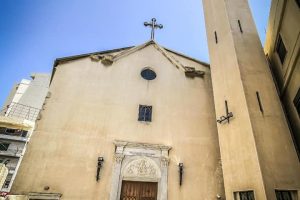
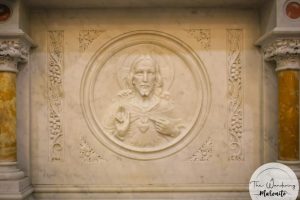
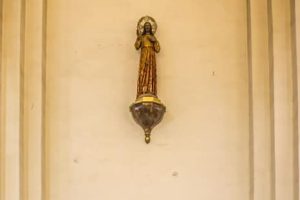
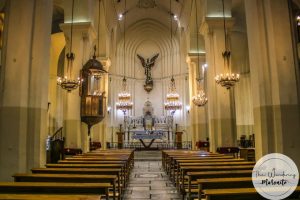
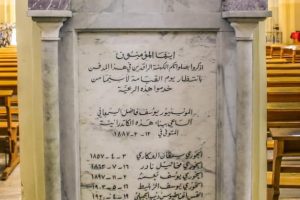
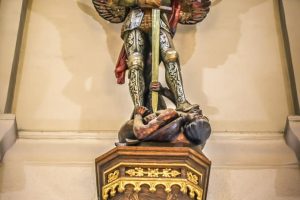
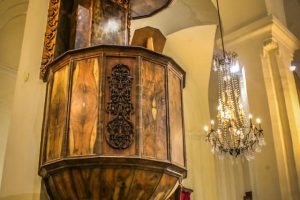
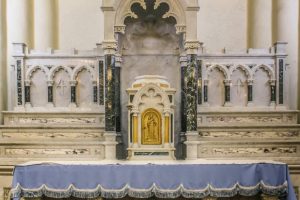
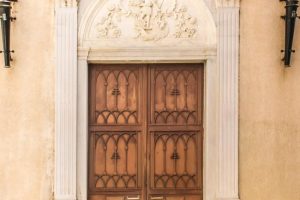
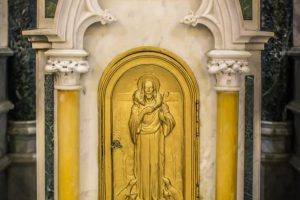










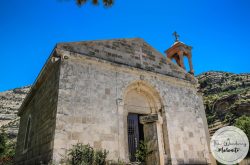
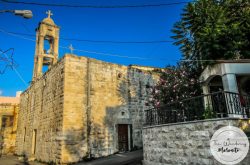
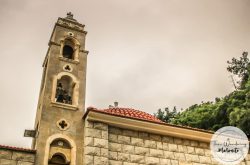
Reviews are disabled, but trackbacks and pingbacks are open.